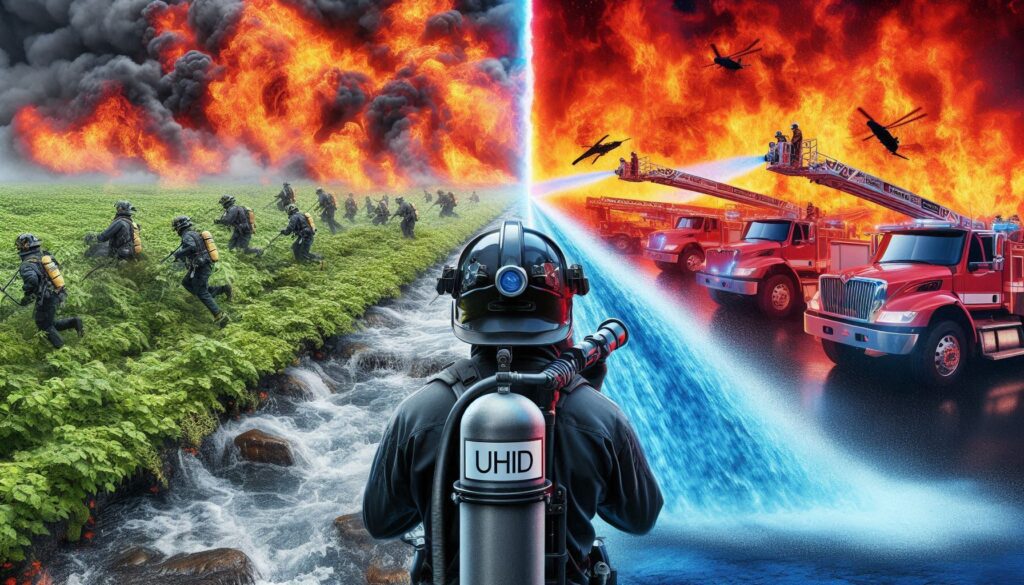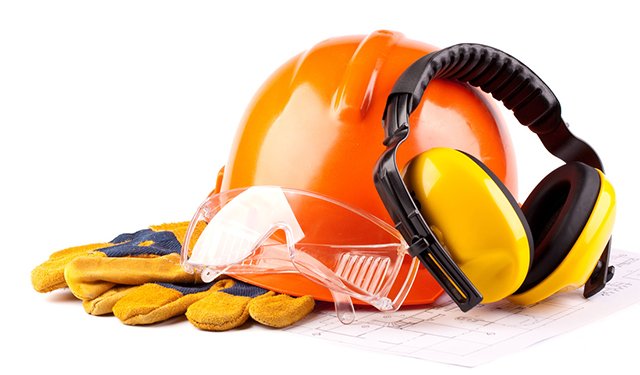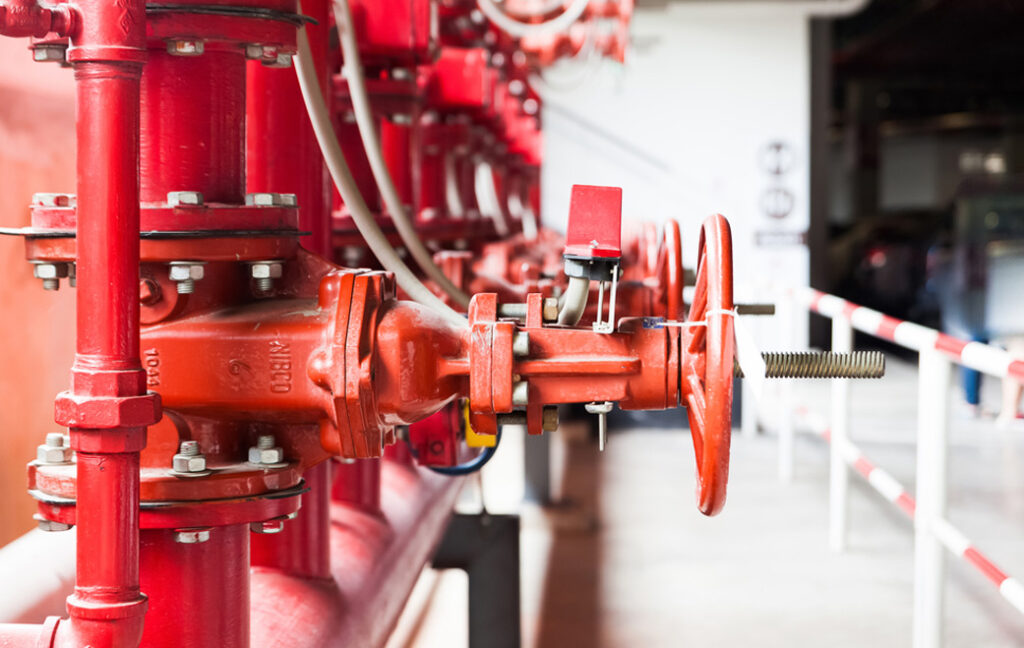Climate change is no longer just an environmental issue—it has become a significant factor influencing the frequency, intensity, and behavior of wildfires across the globe. For firefighters, these changes present daunting challenges, as traditional methods of fire suppression are often insufficient to combat the new reality of mega-fires, prolonged fire seasons, and unpredictable fire behavior.
As the planet warms, firefighting strategies are evolving to address these unprecedented conditions. This blog post explores how climate change is reshaping fire behavior, the challenges it creates for firefighters, and the innovations and adaptations being developed to protect lives, property, and ecosystems in an increasingly volatile world.
Understanding Climate Change and Its Role in Fire Behavior
Climate change refers to long-term shifts in temperature, precipitation, and weather patterns, often driven by human activities such as greenhouse gas emissions and deforestation. These changes are having a profound impact on the natural environment, including the behavior of wildfires.
1. Rising Temperatures
Higher global temperatures have a direct correlation with wildfire activity. Heat dries out vegetation, turning grasslands, forests, and shrublands into a tinderbox ready to ignite. The hotter it gets, the more fuel becomes available for fires to spread.
In many regions, heatwaves are becoming more frequent and intense, creating conditions where even a small spark can result in a massive wildfire. For example, the devastating fires in Australia during the 2019-2020 “Black Summer” were fueled by record-breaking temperatures.
2. Extended Fire Seasons
Traditionally, wildfires were a seasonal phenomenon, occurring during the hottest and driest months of the year. However, climate change has blurred these boundaries. Fire seasons are starting earlier, lasting longer, and overlapping with seasons in neighboring regions.
California, for instance, now experiences wildfires nearly year-round. Similarly, in the Arctic, fires are burning longer into the summer due to melting permafrost and drier conditions. These extended fire seasons stretch firefighting resources to their limits and leave little time for recovery and preparation.
3. Increased Drought and Dryness
Drought conditions are intensifying as rainfall patterns shift due to climate change. Prolonged periods of low precipitation lead to parched landscapes, making vegetation more flammable. In regions like the western United States, the combination of drought and heat creates ideal conditions for wildfires to ignite and spread rapidly.
4. Stronger Winds and Erratic Weather
Climate change is also contributing to more extreme and erratic weather patterns, including stronger winds. These winds can fan the flames, causing fires to spread faster and making them more difficult to contain. Additionally, erratic weather can lead to firestorms—intense fires that generate their own weather systems, including lightning and tornado-like winds.
5. Lightning and Dry Thunderstorms
Increased global temperatures are leading to more frequent lightning strikes, which are a common ignition source for wildfires. Dry thunderstorms—storms with lightning but little to no rainfall—are becoming more common in certain regions, such as the western United States and Australia, further increasing the risk of wildfires.
Challenges for Firefighters in the Age of Climate Change
The changes in fire behavior driven by climate change have created numerous challenges for firefighters and emergency response teams. These challenges require not only new strategies but also a rethinking of how resources are allocated and managed.
1. Larger, More Intense Fires
Mega-fires, which burn vast areas of land and last for weeks or months, are becoming increasingly common. These fires are not only larger but also burn hotter and move faster than traditional wildfires. Fighting such fires requires more personnel, equipment, and time, placing immense strain on firefighting agencies.
2. Resource Limitations
As fire seasons lengthen and fires grow in size, firefighting resources are stretched thin. Equipment, such as fire engines, helicopters, and aircraft, may not be available when needed, especially during peak fire seasons when multiple fires occur simultaneously. Additionally, firefighters often work exhausting hours, leading to physical and mental fatigue.
3. Urban-Wildland Interface (WUI)
The urban-wildland interface (WUI) is the area where human development meets natural vegetation. Climate change has increased fire activity in these areas, putting more homes, infrastructure, and lives at risk. Firefighters must balance protecting lives and property with controlling the fire itself, often diverting resources to defend structures rather than suppressing the flames.
4. Unpredictable Fire Behavior
Climate change has made fire behavior more erratic and difficult to predict. Fires that once followed a relatively consistent pattern now exhibit extreme behavior, such as rapid changes in direction or explosive growth. This unpredictability increases the danger for firefighters and complicates planning and suppression efforts.
5. Health Risks for Firefighters
Firefighters face increased health risks due to longer fire seasons and more intense fires. Exposure to smoke and toxic chemicals released by burning buildings and vegetation can lead to respiratory problems, cancer, and other illnesses. Additionally, the physical and mental toll of battling relentless wildfires can lead to burnout and post-traumatic stress disorder (PTSD).
Adapting Firefighting Strategies to a Changing Climate
In response to the challenges posed by climate change, firefighting agencies are adopting new strategies, technologies, and approaches to improve their effectiveness and resilience.
1. Enhanced Fire Prediction and Monitoring
Advances in technology are making it possible to predict and monitor wildfires with greater accuracy.
- Satellite Imaging: Satellites equipped with thermal sensors can detect fires in remote areas and provide real-time data on their size, location, and spread.
- AI and Machine Learning: Artificial intelligence is being used to analyze weather patterns, vegetation conditions, and historical fire data to predict where fires are likely to occur and how they will behave.
- Drones: Drones equipped with cameras and sensors provide real-time aerial views of fire activity, helping firefighters make informed decisions.
2. Proactive Fire Management
Rather than waiting for fires to ignite, many agencies are taking proactive measures to reduce the risk of catastrophic wildfires.
- Controlled Burns: Also known as prescribed burns, these are carefully planned fires that remove excess vegetation and reduce the amount of fuel available for wildfires.
- Fuel Breaks: Creating zones where vegetation is removed or reduced helps slow the spread of wildfires and provides access points for firefighters.
- Forest Thinning: Removing dead trees and thinning dense forests helps reduce fire intensity and improve forest health.
3. Improved Firefighter Training and Equipment
Firefighters are receiving specialized training to handle the unique challenges of climate-driven wildfires.
- Wildland Firefighting Training: Firefighters are trained in techniques specific to wildfires, such as constructing firelines and using controlled burns.
- Protective Equipment: Advances in firefighting gear, such as lightweight, heat-resistant suits and improved breathing apparatuses, help protect firefighters in extreme conditions.
- Aerial Firefighting: Aircraft equipped with water tanks or fire retardants play a crucial role in combating large wildfires. Training pilots and crews to operate in challenging conditions is essential.
4. Community Engagement and Preparedness
Building resilient communities is a key part of adapting to climate change. Firefighting agencies are working with local governments and residents to improve preparedness and reduce risk.
- Fire-Resistant Building Codes: Encouraging the use of fire-resistant materials and designs in new construction can help protect homes and infrastructure.
- Evacuation Planning: Clear evacuation routes and early warning systems save lives during wildfire emergencies.
- Public Education: Teaching residents how to create defensible spaces around their properties and reduce fire risks is critical in fire-prone areas.
5. International Collaboration
Wildfires are a global issue, and countries are increasingly sharing resources, knowledge, and expertise to combat them. For example, during Australia’s Black Summer, firefighting teams from the United States, Canada, and New Zealand were deployed to assist.
The Role of Technology in the Future of Firefighting
Technology will continue to play a vital role in adapting firefighting strategies to climate change. Emerging technologies, such as robotics, artificial intelligence, and advanced data analytics, hold the potential to revolutionize firefighting.
- Autonomous Firefighting Drones: Drones capable of dropping water or fire retardants autonomously could reduce risks to human firefighters.
- Real-Time Data Sharing: Integrated systems that share real-time information between agencies can improve coordination and response times.
- Energy-Efficient Fire Suppression: Environmentally friendly fire suppression methods, such as reusable fire retardants, are being developed to reduce the environmental impact of firefighting efforts.
Conclusion
Climate change is fundamentally altering the landscape of firefighting, creating new challenges and driving the need for innovative solutions. Rising temperatures, prolonged fire seasons, and erratic fire behavior are testing the limits of traditional firefighting strategies, requiring agencies to adapt and evolve.
Through advancements in technology, proactive fire management, and community engagement, firefighters are finding new ways to combat the growing threat of wildfires. However, addressing the root causes of climate change remains essential to reducing the risk of catastrophic fires in the long term.
As the battle against climate-driven wildfires continues, firefighters remain on the front lines, embodying resilience, ingenuity, and an unwavering commitment to protecting lives and communities in an increasingly unpredictable world.





